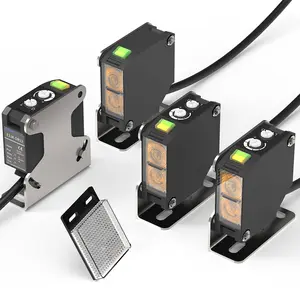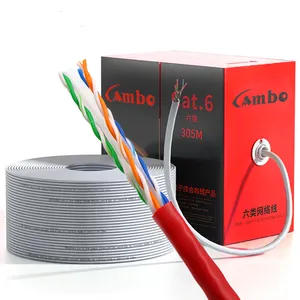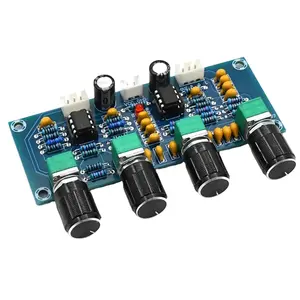Popular in your industry

















Related Searches:























Top categories
About bhc electrolytic capacitors
BHC Electrolytic Capacitors: An Overview
Electrolytic capacitors are a fundamental component in the realm of electronic circuits, with BHC electrolytic capacitors standing out due to their reliability and versatility. These capacitors are essential for applications requiring high capacitance and voltage ratings. This introduction delves into the various aspects of BHC electrolytic capacitors, from their construction to their diverse applications.
Types and Construction
The construction of aluminum electrolytic capacitors involves two aluminum foils, one coated with an insulating oxide layer that acts as the anode, while the other serves as the cathode. These components are used in various configurations, each tailored to specific needs. The range includes non-solid and solid manganese dioxide or polymer electrolytes. The choice between these types depends on the required stability, lifespan, and performance characteristics.
Applications and Features
Radial electrolytic capacitors and axial electrolytic capacitors are two common forms that cater to different mounting requirements. Their applications span across power supplies, lighting systems, and audio equipment, to name a few. These capacitors are characterized by their large capacitance values and the ability to withstand high peak voltages, making them indispensable in power circuitry and energy storage applications.
Materials and Advantages
The materials used in BHC capacitors are chosen for their electrical conductivity and chemical stability. The aluminum oxide layer, in particular, ensures a high level of capacitance in a compact form factor. The advantages of using BHC capacitors include their long service life, low equivalent series resistance (ESR), and the ability to sustain through high ripple currents, which is crucial for smoothing and filtering applications in power supplies.
Selection Considerations
When selecting a high voltage electrolytic capacitor, it is important to consider factors such as voltage rating, capacitance, size, and temperature range. These parameters ensure that the capacitor will function effectively within the intended circuit without premature failure. BHC electrolytic capacitors come in various sizes and ratings to accommodate a broad spectrum of industrial and commercial applications.
Environmental and Operational Stability
Lastly, the operational stability of low ESR electrolytic capacitors is a critical factor, especially in environments that subject them to temperature variations and pulsating loads. BHC capacitors are designed to offer consistent performance, with some variants engineered to operate in extreme conditions without significant degradation of their electrical properties.



























